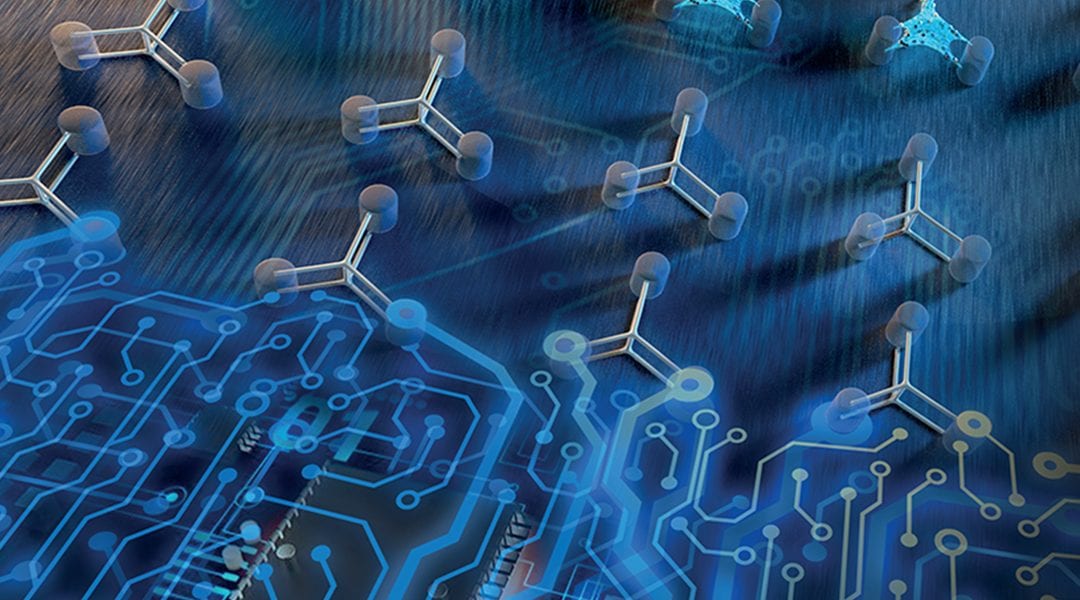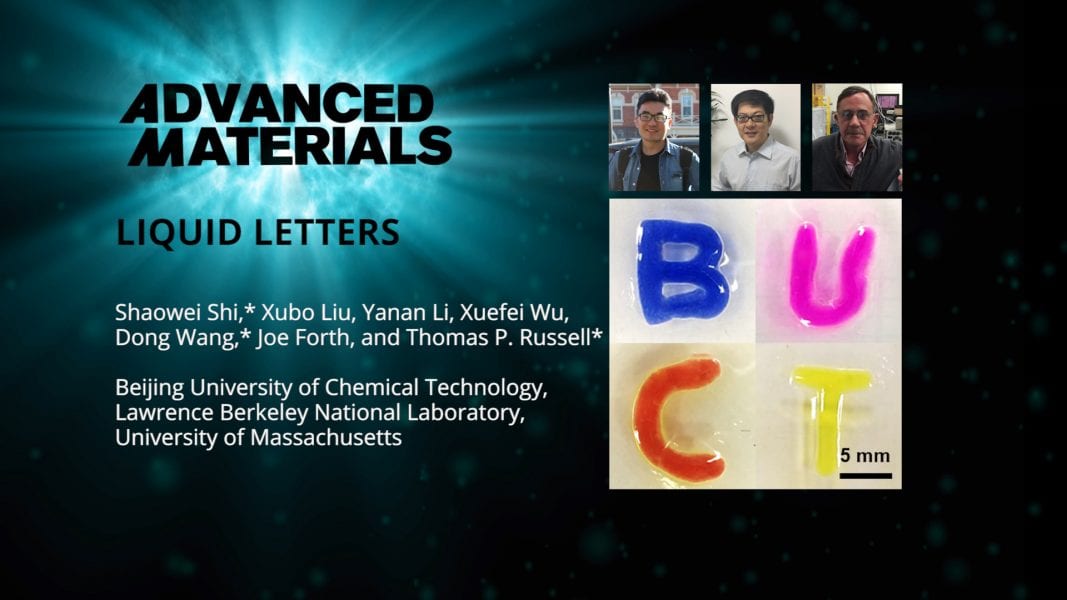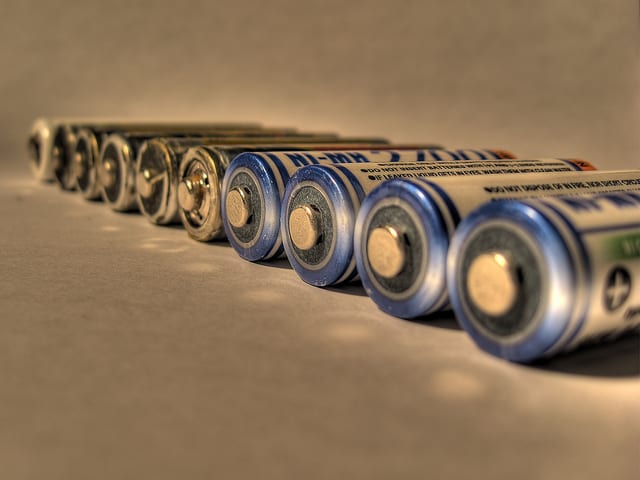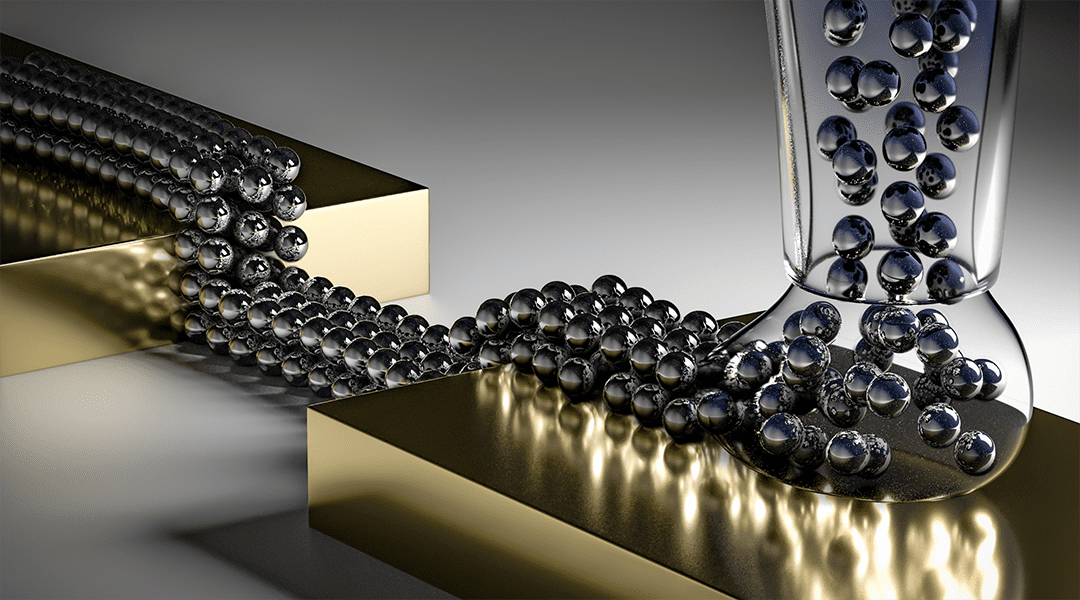Complex micro and nanodevices are fabricated using a simple strategy that enables sophisticated architectures to be produced.


Complex micro and nanodevices are fabricated using a simple strategy that enables sophisticated architectures to be produced.

A team of researchers develop a unique molding process for generating all-liquid structures via interfacial jamming of cellulose nanocrystal (CNC) surfactants. The structures have long-term stability and can adapt or respond to external stimuli, allowing for potential applications in encapsulation, sensors, and liquid electronic devices.

Bridging the gap from the development of the so-called TNM alloy, through computational materials design, structural characterization with sophisticated in and ex situ methods, engineering properties, manufacturing and processing technologies to all aspects of application.

Jaephil Cho and co-workers assess the commercial potential of nickel-rich cathode materials, informing decisions on industrial uptake of these materials.

Key global research that is unlocking the secrets to coatings on polymer substrates is summarized and discussed.

A nanoprinting strategy to produce nano and microscale lines and components for electronic applications.

Avery easy, fast, and scalable one-step process for synthesis and deposition of porous ZnO nanocrystalline film by low-temperature atmospheric pressure plasma is presented.

State-of-the-art harvesting materials and structures are presented with a focus on characterization, fabrication, modeling and simulation, and durability and reliability.

A detailed analysis of existing optimization methods, and discussion on the virtues and shortcomings of each method with respect to the various transduction principles such as energy harvesting and actuation, is presented.

A marking protocol is developed in which nanogels are used as a smart biocompatible ink. These interactive markers offer new solutions for security and traceability applications.